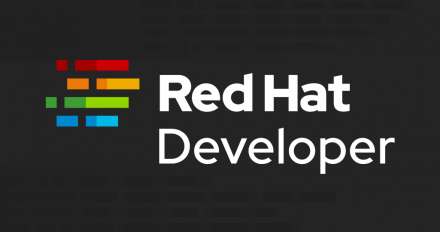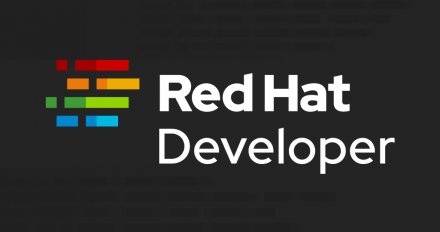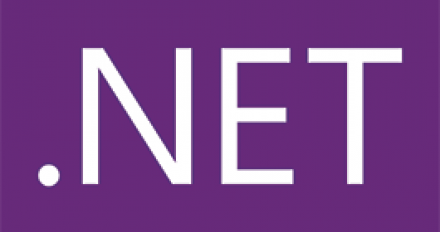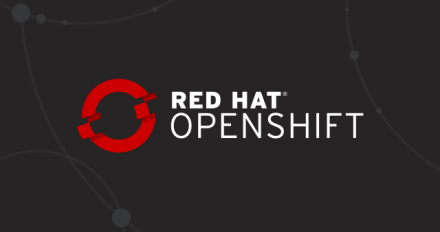
C# 8 asynchronous streams
Explore the new C# 8 asynchronous streams feature in this first article in our series covering the new features available in C# 8.

Explore the new C# 8 asynchronous streams feature in this first article in our series covering the new features available in C# 8.

We look at the various ways .NET Core is made available on Red Hat platforms, starting with an overview of the available platforms, and then showing how to install .NET Core on each of them.

Tom Deseyn shows how you can capture events from the .NET Core runtime and BCL using EventListener, dotnet-trace, and EventPipe environment variables.

.NET Core 3.1 for Red Hat Enterprise Linux 7 is now available; it is a long-term supported (LTS) release, which will be supported for three years.

We cover installing .NET Core RPMs and using the Red Hat Enterprise Linux Universal Base Image (UBI) container images.

We'll go over the basics of the .NET process class in .NET Core 3.0 and cover a few differences in usage between Windows and Linux.

.NET Core 3.0 for Red Hat Enterprise Linux 7 is now available; learn more about new features and improvements.

We look at new features of .NET Core for Linux, including improved performance and support for building Windows desktop applications.

We walk through the steps of implementing a CI/CD process for .NET Core in Red Hat OpenShift Container Platform (OCP).

We explore Eclipse Che 7 and highlight some of the ways .NET developers can use it to their advantage.

We examine the new NativeLibrary class in .NET Core 3.0 and show how you can use it instead of the DllImport attribute.

We show how to execute .NET Core code easily in a separate process using Tmds.ExecFunction and explain why doing so is useful.

We explain how to significantly reduce build times for .NET Core applications by creating a custom build image that includes common dependencies.

Learn how the new incremental build feature of the S2I .NET Core builder can reduce build times by reusing packages from a previously built image.

.NET Platform Invoke (PInvoke) makes it easy to consume native libraries. This article describes how to use PInvoke for Linux system functions.

How to deploy a NuGet server as a caching server on Red Hat OpenShift to speed up builds and host private packages. It also explains some general NuGet concepts and why it makes sense to use a local NuGet server.

This article shows how the ASP.NET Core 2.2 Health Checks API works with OpenShift by implementing two health checks: one for the Kubernetes liveness probe and one for the Kubernetes readiness probes. Since OpenShift includes Kubernetes, the example also works well with Kubernetes.

This article describes how to build .NET Core container images using source-to-image (S2I). The container images can be built directly from a git repository, from local sources, or from a pre-built application on, which can be useful on your development machine or as part of a CI/CD pipeline.


.Use .NET APIs to portably locate special folders (app and user data/confgiuration) in your cross-platform applications. The Linux behaviour of these APIs are demonstrated.

This post describes how to secure ASP.NET Core applications on OpenShift using HTTPS for two use-cases: terminating SSL in OpenShift for public routes and terminating SSL in ASP.NET Core directly using OpenShift-generated service certificates.

This article shows how set up Microsoft SQL Server on Red Hat OpenShift and then use SQL Server to store data for a simple ASP.NET Core application running in a container deployed on OpenShift that manages a list of contacts. It also shows how to manage SQL Server within OpenShift using SQL Operation Studio.

Kestrel, the web server in the .NET Core, supports replacing the network layer. This article benchmarks Kestrel’s networking layer with a Linux-specific implementation to achieve measurable performance gains compared to the out-the-box implementation.

In this article, I show how you can call the Red Hat OpenShift REST API from your C# code, which is useful for automating tasks. Visual Studio is used to take the REST API definition and create a library you can use in your code. Also shown is how to handle the conversion needed for the JSONpath components.

Containers are the new way of deploying applications. They are an efficient way to portably deploy applications across clouds and different OSes.This article looks at what OpenShift brings for .NET Core specifically and how OpenShift provides a DevOps platform on top of Kubernetes for building and deploying apps.